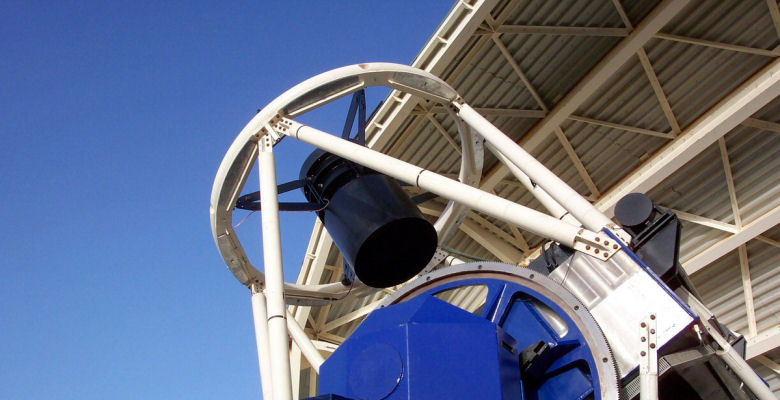SPRAT exciting new instrument arrives on Liverpool Telescope

SPRAT, the SPectrometer for the Rapid Acquisition of Transients, will provide astronomers from LJMU, the rest of the UK, and overseas with the opportunity to rapidly observe and analyse the light from all manner of variable objects.
SPRAT was designed and built entirely by LJMU scientists and engineers and the announcement of its commissioning took place at a Conference in Warsaw. This brought together researchers from across Europe interested in observing variables and "transients" - objects that vary in brightness suddenly and dramatically. The meeting focussed on objects discovered with the GAIA space telescope, an ESA mission that was launched late last year.
SPRAT will be particularly useful for studying novae and type Ia supernovae - stars in binary systems that undergo sudden outbursts - and core-collapse supernovae, massive stars that at the end of their lives collapse under their own weight causing a massive explosion of light and energy. Both areas of research are of particular interest to astronomers at the ARI.
Dr Chris Davis of the Astrophysics Research Institute commented:
"The Liverpool Telescope will undoubtedly be a key player for studying novae, type Ia supernovae and core-collapse supernovae with the addition of SPRAT. Its commissioning brings the instrument suite on the Telescope to a grand total of six; a seventh instrument, the IO:I near-infrared imager, is currently being developed and will hopefully be commissioned later this year. In the meantime, SPRAT will undoubtedly prove to be an invaluable tool to a wide range of researchers in transient and time-domain astronomy."
The instrument is the brainchild of LJMU’s Professor Iain Steele, the Director of the Liverpool Telescope and was taken to La Palma in the Canary Islands in August 2014 by a team from LJMU comprising Stuart Bates, Robert Smith, Dirk Raback and Andrzej Piascik (an LJMU PhD student).
Testing will now continue in Liverpool. Software engineers Neil Clay, Chris Mottram and Steve Fraser will ensure that the instrument can be controlled remotely and robotically, that is, by the complex control system used to operate the telescope. Mike Tomlinson will provide IT support, while astronomers Jon Marchant, Rob Barnsley and Chris Davis will ensure that the data obtained are suitable for scientific use.
For further information and images please visit the website


